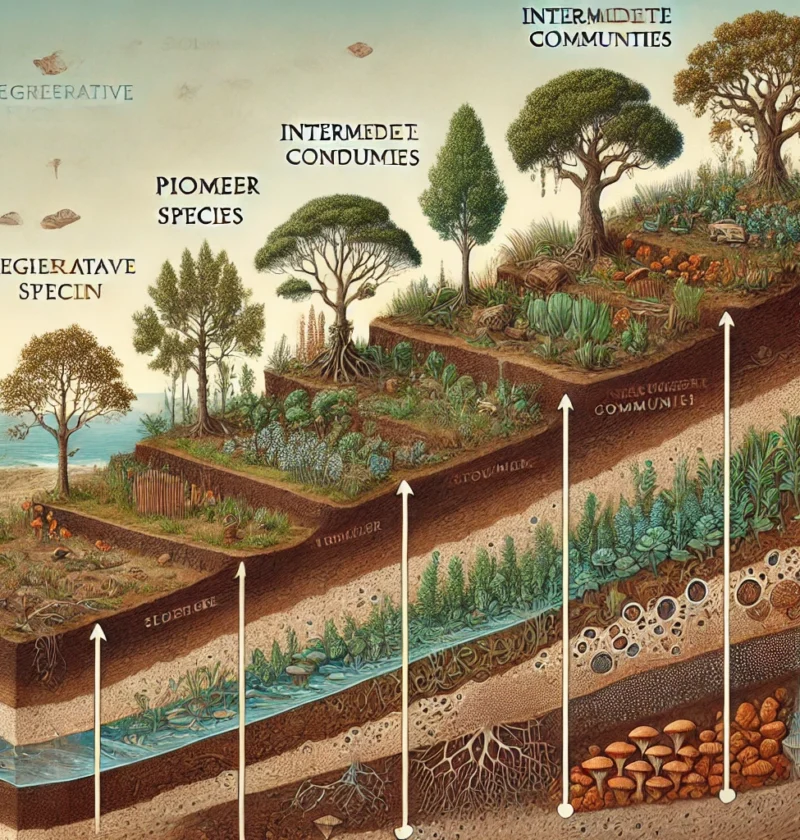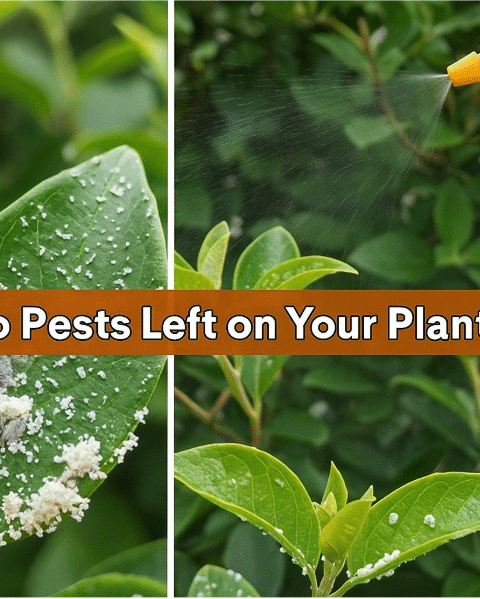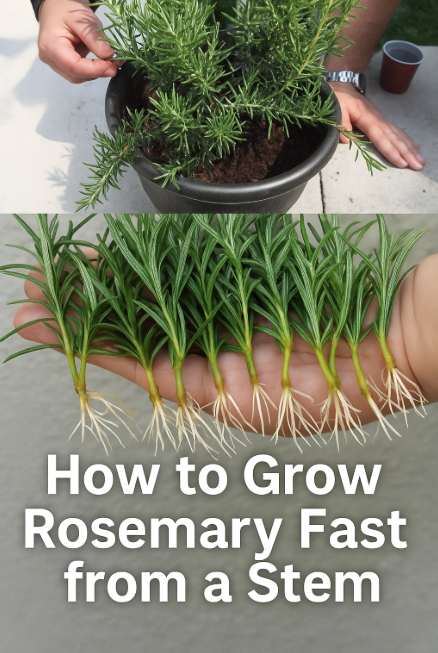Ecological Succession: The Natural Evolution of Ecosystems
Introduction: The Dynamic Nature of Ecosystems
Ecological succession is the natural process of change that takes place in ecosystems over time. Whether through natural disturbances like wildfires, volcanic eruptions, or human-induced changes such as deforestation and urbanization, ecosystems constantly evolve. This transformation affects the structure, composition, and functions of plant and animal communities, leading to the development of more stable environments.
Understanding ecological succession is crucial for conservation efforts, reforestation, and sustainable agriculture. The ability of nature to restore balance after disturbances is a testament to the resilience of ecosystems. This article explores the different stages of ecological succession, the role of microbial communities, and the importance of regenerative farming in maintaining soil health.
Understanding Ecological Succession
Ecological succession occurs in two main forms: primary succession and secondary succession. These processes take place over decades or even centuries, shaping the landscape and biodiversity of ecosystems.
1. Primary Succession: Life Begins from Scratch
Primary succession occurs in environments where life has never existed or has been completely wiped out. Examples include:
- Lava flows after volcanic eruptions
- Newly formed sand dunes
- Glacial retreats exposing bare rock
Stages of Primary Succession
- Pioneer Species – The first organisms to colonize the barren land are typically hardy species like lichens, mosses, and bacteria that can survive in harsh conditions.
- Soil Formation – As pioneer species break down rocks and organic matter accumulates, a thin layer of soil begins to form.
- Intermediate Communities – Small plants like ferns and grasses establish themselves, followed by shrubs and small trees.
- Climax Community – A stable ecosystem, such as a mature forest, eventually develops once the environment supports a diverse range of species.
2. Secondary Succession: Nature’s Second Chance
Secondary succession takes place in areas where a disturbance has removed vegetation but left the soil intact. This includes:
- Forest regrowth after wildfires
- Abandoned farmland turning back into forests
- Recovery from hurricanes, floods, or deforestation
Stages of Secondary Succession
- Initial Recovery – Small plants like weeds and grasses rapidly colonize the land.
- Shrub and Tree Growth – As soil quality improves, larger vegetation like bushes and young trees start to grow.
- Climax Community – The ecosystem reaches a stable, mature state, with diverse flora and fauna.
The Role of Microbiome Consortia in Ecological Succession
Microorganisms play a crucial role in soil formation and ecosystem development. Beneficial bacteria and fungi break down organic matter, recycle nutrients, and improve soil structure, creating favorable conditions for plant growth.
Key Microbial Contributions
- Nitrogen-fixing bacteria (e.g., Rhizobium) convert atmospheric nitrogen into a usable form for plants.
- Decomposers like fungi and bacteria break down dead plant material, enriching the soil.
- Mycorrhizal fungi form symbiotic relationships with plant roots, enhancing nutrient absorption.
Soil Formation and Nutrient Cycling
The formation of mature soil is essential for the sustainability of an ecosystem. Over time, decomposing biomass, fallen leaves, and decaying organisms contribute to soil enrichment, increasing its ability to retain water and support plant life.
The Importance of Soil pH in Succession
Soil pH affects plant growth by influencing nutrient availability:
- Acidic soil (low pH) may limit calcium and magnesium availability.
- Alkaline soil (high pH) can reduce iron and zinc absorption.
- Neutral soil (pH 6.5–7) is ideal for most plants.
Farmers and ecologists monitor soil pH to optimize land use and encourage healthy ecosystems.
The Climax Community: A Stable Ecosystem
A climax community is the final stage of ecological succession, where an ecosystem achieves balance. Factors that determine the characteristics of a climax community include:
- Climate (temperature, rainfall, humidity)
- Soil type and fertility
- Interactions between species (predation, competition, mutualism)
Examples of climax communities:
- Tropical Rainforests – Rich biodiversity with towering trees and a dense canopy.
- Grasslands – Open landscapes dominated by grasses, ideal for herbivores.
- Boreal Forests – Evergreen forests that withstand harsh winters.
Regenerative Farming: Mimicking Natural Succession
Modern agriculture often disrupts natural soil processes, leading to erosion, loss of nutrients, and reduced biodiversity. Regenerative farming seeks to mimic ecological succession by enhancing soil health and ecosystem resilience.
Key Regenerative Farming Practices
- No-Till Farming – Avoids soil disturbance, preserving organic matter and microbial life.
- Cover Crops – Enhances soil fertility and prevents erosion.
- Crop Rotation – Reduces soil depletion and pest infestations.
- Composting – Reintroduces organic material to maintain soil structure and nutrients.
- Agroforestry – Integrates trees and crops to create a diverse and sustainable environment.
These practices align with natural ecological succession, allowing ecosystems to regenerate and thrive.
Human Impact on Ecological Succession
Human activities, such as deforestation, urbanization, and industrial agriculture, accelerate ecosystem changes, often disrupting succession processes. Understanding ecological succession helps in conservation efforts, including:
- Reforestation – Planting trees to restore forests after logging or wildfires.
- Wetland Restoration – Protecting water bodies from pollution and land encroachment.
- Wildlife Corridors – Creating natural pathways to support animal migration and biodiversity.
By working with nature rather than against it, we can promote sustainable land use and protect the planet’s ecosystems.
Conclusion: Supporting Ecological Resilience
Ecological succession is a continuous cycle of destruction and renewal that ensures the survival of life on Earth. Whether through primary succession on barren landscapes or secondary succession in recovering forests, nature constantly adapts and evolves.
By embracing regenerative farming, reducing environmental destruction, and preserving biodiversity, we can support ecological succession and maintain the balance of our ecosystems.
💡 Call to Action: Join the movement for sustainable land use! Plant trees, support regenerative agriculture, and advocate for conservation initiatives to help protect the Earth’s ecosystems for future generations. 🌱🌍






